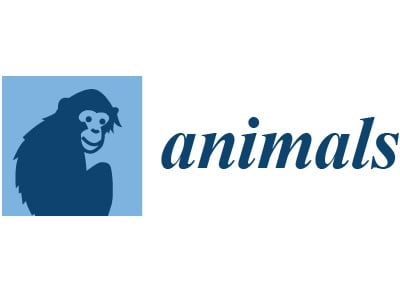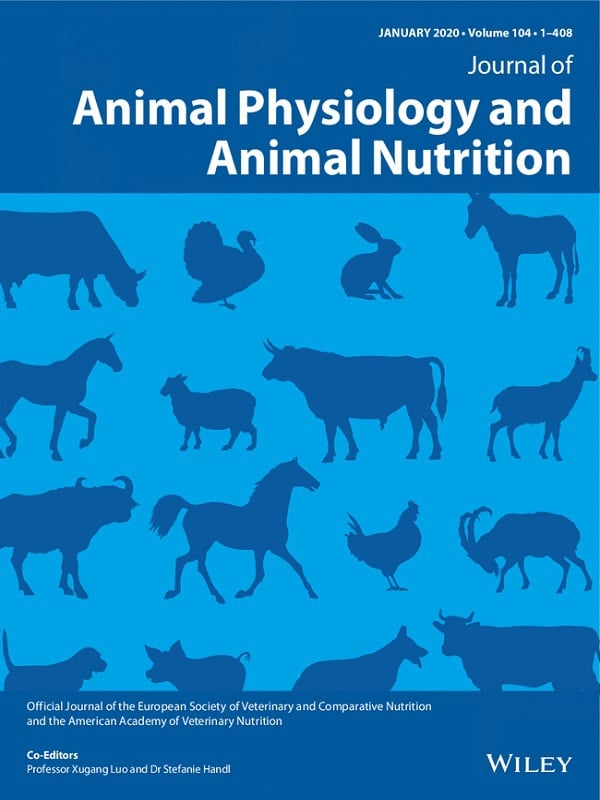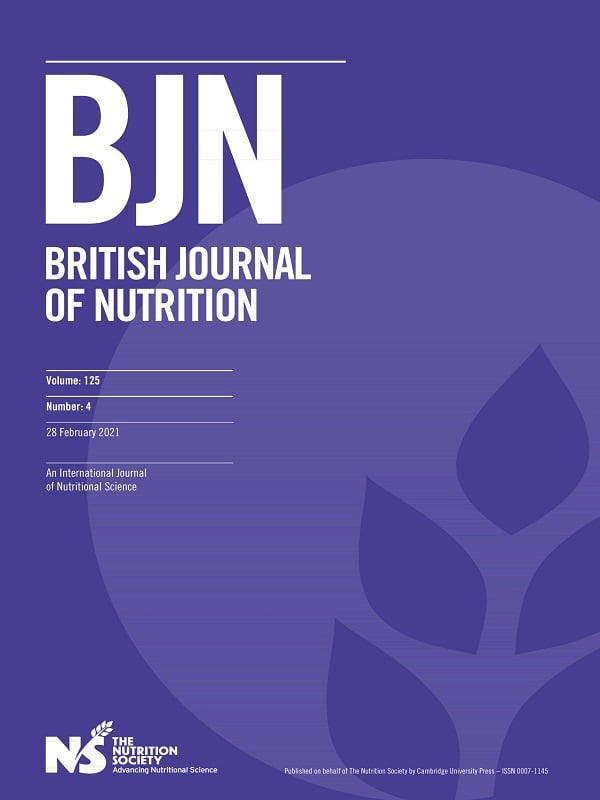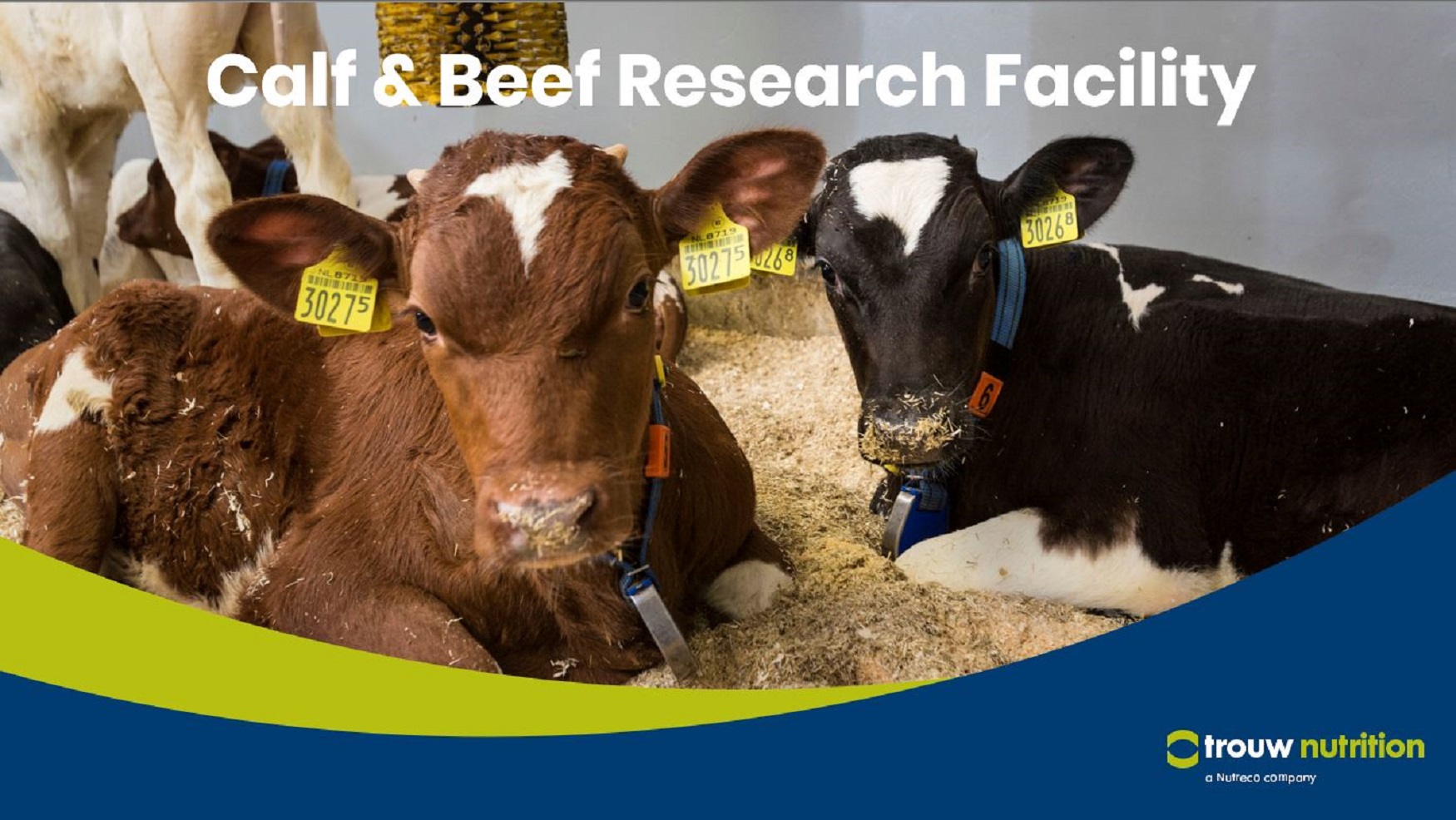
Storia del Centro di Ricerca
La costruzione della struttura è iniziata nel 2014 ed è stata ufficialmente inaugurata nell'aprile 2016 da Knut Nesse, ex CEO di Nutreco, e Louise Fresco, presidente dell'Università di Wageningen. All'evento hanno partecipato colleghi, partner industriali e accademici provenienti da oltre 40 paesi.
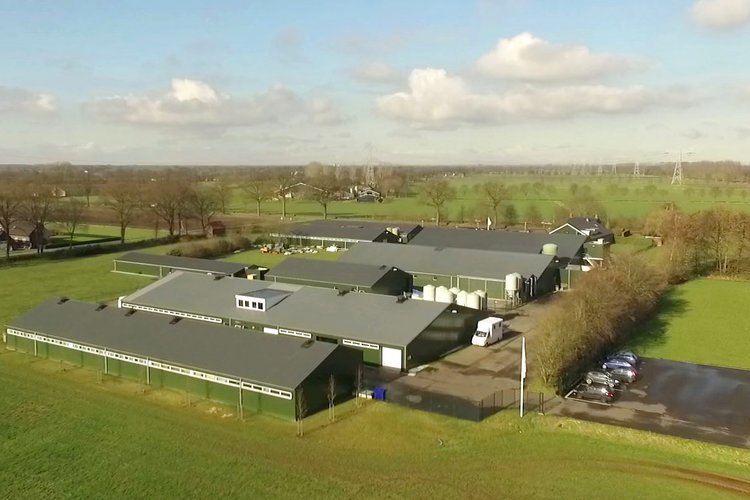
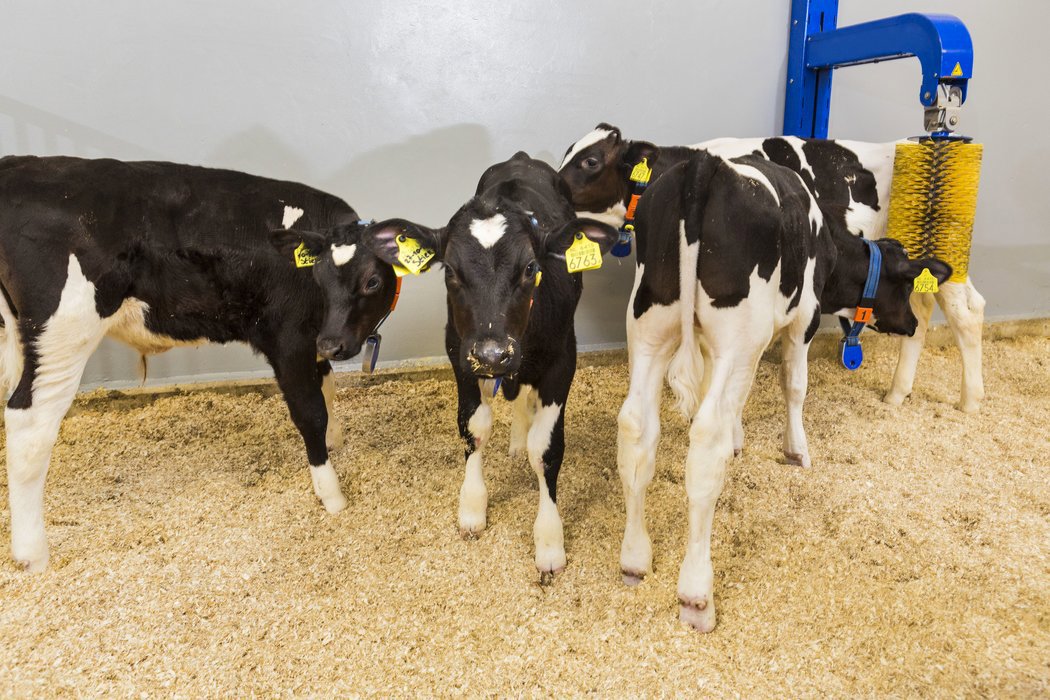
Attrezzature all'avanguardia
La struttura ci consente di alloggiare i vitelli in unità individuali che simulano un allevamento di 1.000 vacche o in unità di stabulazione di gruppo. In entrambe le aree, possiamo controllare completamente l'ambiente per simulare le diverse condizioni degli allevamenti di tutto il mondo. La struttura è dotata di stazioni di alimentazione elettroniche e di surrogati per vitelli, che ci consentono di monitorare e misurare continuamente alimentazione, latte e assunzione di acqua, e di studiare i modelli di assunzione. La struttura rende inoltre possibile la pesatura automatica e la raccolta dei campioni.
Nell'allevamento di gruppo siamo in grado di ospitare diverse razze in ambiente controllato. Tutti i recinti dispongono di stazioni di alimentazione elettroniche di foraggio, concentrati e minerali per misurare l'assunzione e i modelli di assunzione. Inoltre, esistono unità metaboliche per monitorare la salute degli animali.
Innovazione in Trouw Nutrition


